Performing Arts: Dance
Hassia Levy-Agron
According to the judges who in 1998 awarded her the Israel Prize in the field of dance, Professor Hassia Levy-Agron was remarkable for her artistic and educational contributions over the previous fifty years, as a dancer, choreographer, teacher, and educator who produced many generations of dancers, creators of dance, and dance teachers.
Bella Lewitzky
Bella Lewitzky, a maverick in the world of modern dance, distinguished herself as a preeminent performer, choreographer, artistic director, educator, public speaker, and civic activist. Defying norms that posited New York City as the center of American dance, she maintained the Lewitzky Dance Company in Los Angeles. She was known for two highly publicized encounters with the federal government and risking professional ostracism to stand upon principle.
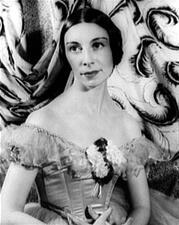
Alicia Markova
Dame Alicia Markova, Britain’s first and the first Jewish prima ballerina, combined amazing technique and personal strength with tremendous artistry to become one of the finest classical dancers of her generation. Through her touring and early recognition of the power of mass media, she was also one of ballet’s greatest ambassadors in the mid-twentieth century. Markova extended her legacy through choreography, teaching, and commitment to coaching the next generation of dancers.
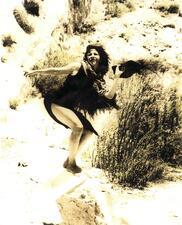
Hester Martinez
Hester Rose Martínez Nardea is a Mexican dancer, teacher, choreographer, director, promoter, and administrator. She is currently the director of the International Festival of Extremadura Dance-Contemporary Language and is the founding director of WIROMA Circle Dances.
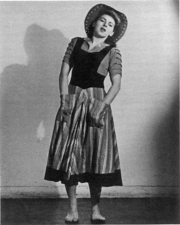
Sophie Maslow
A leader of the New Dance Group, Sophie Maslow was among the generation of dancers involved in the labor movement of the 1930s. Maslow saw her work as inspired by a personal heritage rather than by political ideology; she believed that dance “could enrich the lives of workers in and of itself.”

Sulamif Messerer
Sulamif Messerer was an influential ballerina who taught a generation of dancers globally. After swimming in the 1928 Soviet Olympiada, she became a prima ballerina in the Bolshoi Ballet Company. She had a long dance career and then became a renowned teacher in Russia, Japan, New York, and London.
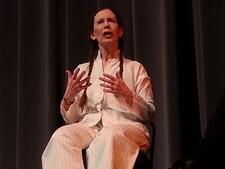
Meredith Monk
An innovator in mixed-media forms, Meredith Monk uses music, dance, drama, and film in her theater pieces. Acting as composer, choreographer, librettist, and performer, Monk creates diverse works that have been widely exhibited and have received many awards and honors.
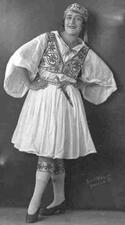
Rina Nikova
Rina Nikova, a pioneer of classical and biblical ballet in Palestine, distinguished herself mostly in character dances, which had a nationalist style influenced by ethnic folklore. Nikova established the first school for classical ballet in Tel Aviv and founded the Biblical Ballet, which was based on Yemenite folklore and focused on Biblical subjects.
Margalit Ornstein
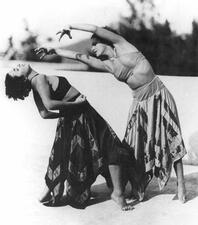
Shoshana Ornstein
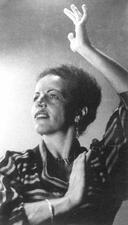
Yehudit Ornstein
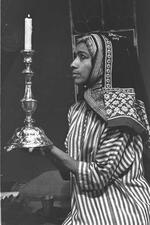
Margalit Oved
Margalit Oved—dancer, choreographer, singer, actress, musician—is the epitome of a performance artist. Her work blended elements from the Yemen of her childhood, the Israel of her adolescence, and the Los Angeles of her adulthood. She has left an indelible mark on twentieth-century Jewish culture through her inventive and modern interpretations of ancient biblical tales.
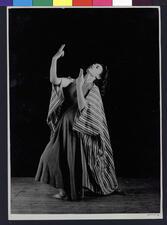
Dancer Paula Padani
Paula Padani
Paula Padani was an influential choreographer, performer, and teacher who explored Jewish themes in her work as she danced throughout Israel, the United States, and Europe. Her work was inspired by the landscapes of Israel and biblical themes, and she was celebrated in post World War Two Paris for her talent and vitality as a Jewish artist.

Wendy Perron
Wendy Perron is a dance writer, educator, teacher, performer, and choreographer. Across her thirteen-year tenure at Dance Magazine, Perron contributed nearly 1,000 individual pieces of dance journalism.
Maya Plisetskaya
Maya Plisetskaya was one of the legendary ballerinas of her generation. Her aunt and uncle, Sulamif and Asaf Messerer, helped to guide her into the ballet world, despite the persecution they faced during World War II. In 1943 she joined the Bolshoi and remained a principal dancer well into the 1960s.
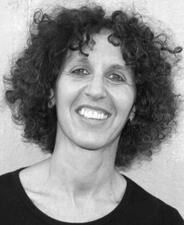
Linda Rabin
Linda Rabins’s education and career as a dancer, teacher, and choreographer was global and eclectic, making her a unique dance artist. She has studied dance, healing arts, and somatic education all over the world from Israel, Japan, to Canada. She is known for co-founding and co-directing the Linda Rabin Danse Moderne in Montréal, which evolved into Les Ateliers de Danse Moderne de Montréal (LADMMI).
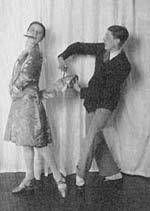
Marie Rambert
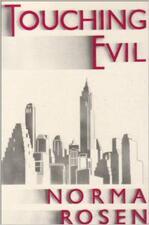
Norma Rosen
Born in Brooklyn in 1925 to secular and assimilated parents, Norma Rosen was an American-Jewish novelist, essayist, educator, editor, and professor. Rosen’s exploration of Jewish history and religion in her writings contributed to questions surrounding Jewish theology and Jewish feminism in the second half of the twentieth century.
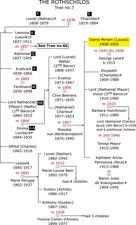
Bethsabée Rothschild
Bethsabée (Hebrew: Batsheva) de Rothschild, the scion of a well-known philanthropic family, helped support numerous activities in the United States and Israel, especially dance, music, and science.She created the Batsheva and Bat-Dor dance companies and was awarded the Israel Prize in 1989 for her special contribution to Israeli society.
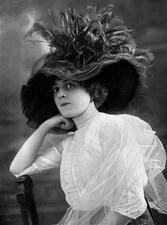
Ida Rubinstein
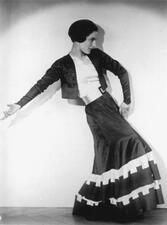
Angiola Sartorio
Angiola Sartorio was a prolific dancer, teacher, and choreographer who subverted fascism in her artistic choices. Sartorio had a company and school, and her company was widely well-received in Italy until it performed for Hitler in Vienna and she had to flee to the United States.
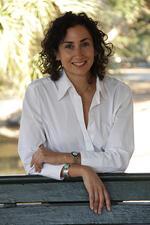
Lonnie Zarum Schaffer
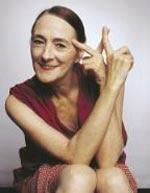
Rina Schenfeld
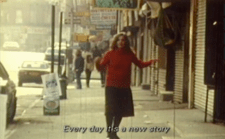
Jewish Women in Screendance
Jewish women made overwhelming contributions to the creation of the field of Screendance. Maya Deren, Amy Greenfield, Anna Halprin, Yvonne Rainer, Meredith Monk, and others have created a legacy of socially conscious dance for the screen that collectively exhibits and performs principles of Jewish ritual and practice. Many of these artists share a focus on social justice and a collective approach to what might be called a feminist Jewish art form.
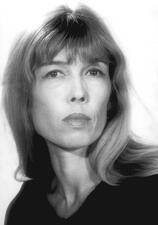
Mirali Sharon
Mirali Sharon was one of Israel’s most important choreographers in the 1970s and 1980s. Her work is characterized by organic integration of music, costume, and décor, with the dance being the outcome of the composer-designer-scenarist-choreographer composite as one fertile, creative team.


